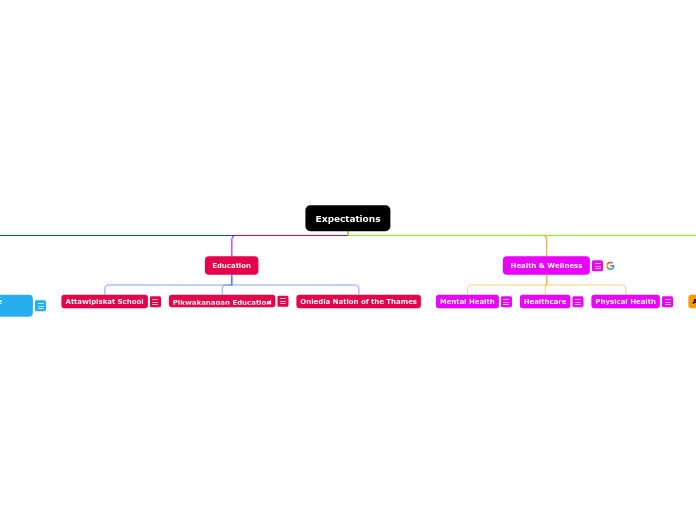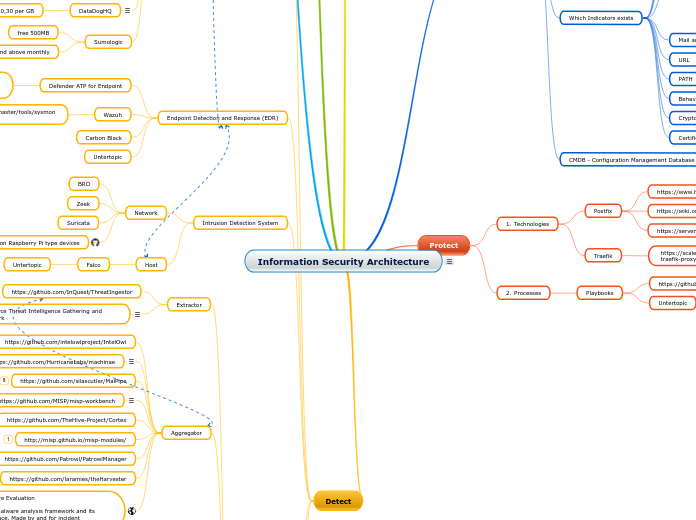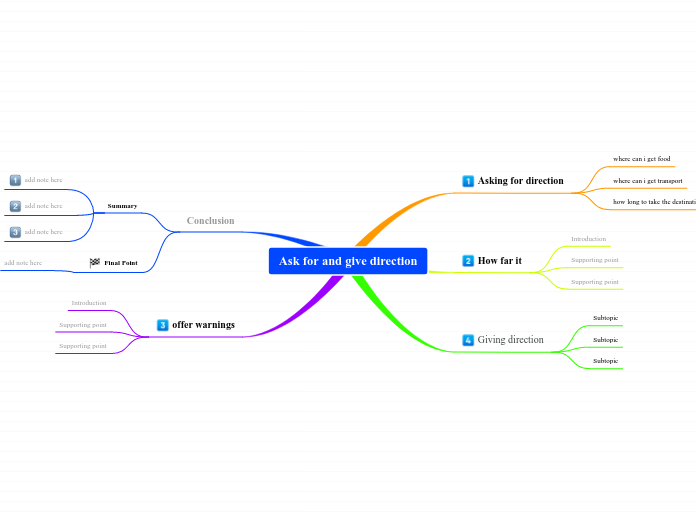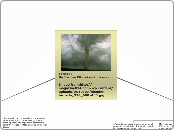Expectations
Access to Essential Resources
Access to food in Coral Harbour, Nunavut
Due to the climate in more northern areas food must be imported. Cost of transport makes food extremely expensive.
Examples from Coral Harbour, Nunavut.
- 2.2lbs bag of green grapes $28.19
- 3.78L Sunny D $34.99
- 380g pineapple chunks $15.49
As you can see the prices of food is too expensive to be considered easy access to food for everyone.

Access to Clean Water in Neskantaga
Neskantaga First Nation, a remote reserve in northwestern Ontario, has been under a boil-water advisory since 1995, the longest in Canada, and, despite attempts at repairs, its treatment plant is still not working properly. Residents have gotten sick from the water for decades.
In a quote by Former chief of Neskantaga, “Canada would constantly propose band aid solutions, to address our community’s water needs on reserve, mainly because these temporary solutions were less expensive,”
The Federal Government is trying to make temporary solutions because the price of these temporary solutions are cheaper then actually identifying the problems and fixing it.
its monthly shipment of water, which is mostly financed by the federal government, and also sells bottles at stores — $12 for a four-liter jug that typically costs less than $2 in Toronto.

Access to infrastructure in Gull Bay
Gull Bay is home to roughly 300 people, which sits on the shores of Lake Nipigon. There was many troubles in the 1990s with the quality of water, this resulted in two deaths. This attracted media attention which led to a new water treatment plant to be built. This new one was completed in 2002. Wilfred King (elected chief) said the INAC spent $10-million on said plant.
Once the plant was built, it was clear that it was not up to provincial standards. Chief King says “How the hell was this thing built?... There’s no way we’re going to turn this plant on”. In addition he said significant technical skills were required and the chemicals had to be transported hundreds of kilometers away, which wasn’t possible at the time.
This clearly shows a lack of effort that the provincial government of Ontario. Measures could have been taken in order to ensure clean water, and sustainability. To this day, many indigenous communities do not have clean running water.

Health & Wellness
Pipelines:
The pipelines creates are more damaging than anyone understands, not only does it pollute the air that indigenous people breath in, but also the water, which therefore contaminates the food. After many actions being taken, nothing changes. Clearly this is a health & wellness.
Physical Health
Metis elders face a higher rate of diabetes than many other regions. Also suicide rates which are usually higher in Metis people, compared to other regions.
Healthcare
Long wait lists, also a lack of available doctors plays a big role. They face significant barriers, like racism, stigmas, and biases, which causes a decrease in people wanting to get healthcare knowing the discrimination.
Mental Health
Substance abuse, smoking rates are higher in Metis communities compared to cocasiansions, this is due to being exposed to substances. Due to the social norm.
Urban Brandon had a 29% depression rate, this also decreases their chance of being diagnosed than other communities.
Education
Oniedia Nation of the Thames
Pikwakanagan Education
Lack of transportation from reserve to school
No funding
20 minute drives
Attawipiskat School
They got fibre optic upgrades
They did not have infrastructure
Security
Oka Crisis:
This project done in class allowed me to look deeper into the systemic issues brought towards indigenous peoples. The reason I put this assessment in the security factor is because in summary, the corporations wanting to create golf courses on sacred land for indigenous, instead of obtaining security, the police force enforced power onto them.
Colten Boushie Case Study:
This case was something spread across all of Canada, it showed the discrimination throughout a murder charge, not only did courts not provide indigenous Jurys, but also didn't put effort, since it took over 24 hours for the RCMP to arrive at the scene after knowing. This shows a systemic barrier for indigenous people, how can they rely on security, if the dictators of the security are against them.
Lack of financial Security, In the Cree Community
65% living on the Cree reserves are living in extreme poverty, the average income is $29,725 which is below the average income in most of the rest of Canada. Due to this, in the factor of security it creates dangerous households, the dependency on predatory lending, health issues, and stress/anxiety.
Police Brutality, of the Ojibwa Community
This indicates there is a failure within the system, since police are taking advantage of their power. Then there is the 27.5% of people that have faced police brutality and died to it.
Food and Security Inuit People
Inuit people have a problem with food and security, this is due to the geographic location, they live in the northwest territory, which makes food much more expensive since importing, and exporting is challenging. The government have Canada has also imposed the Seal band. This cuts off hunting of seals, which caused hunting to be challenging.









